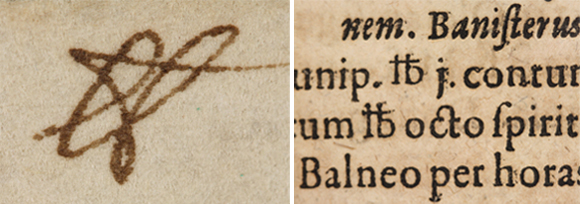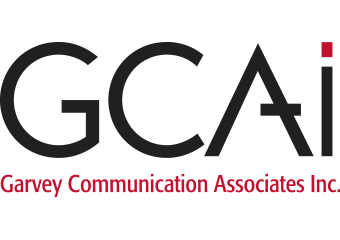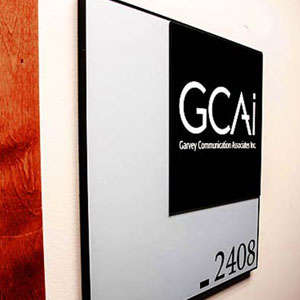The History of the Hashtag
“Hashtag” may seem like just another term in an era of ever-expanding tech jargon. Seeming to have come out of nowhere, the surprising history behind those four intersecting lines might make you take to Twitter and say #OMG. The hashtag traces its roots back to the days when only birds tweeted and the only tablets were ones made of stone.
Before social media came along, the hashtag (#) was being used all around us. It could be found on telephone keypads, sheet music to represent a sharp note, and foam fingers to signify being #1. Although it was widely referred to as the pound sign, few know that it originated from the symbol for an actual pound, as in the measurement of weight. The original pound sign was “lb” with a line across the middle, an abbreviation for “libra” which was the Roman equivalent of a pound. This New Yorker article argues that sloppy penmanship gave birth to the tic-tac-toe symbol we use today. 
A few short centuries later, Twitter was founded by Jack Dorsey. This new platform created a way to disseminate information in real time. Eventually users began experimenting with ways to quickly gather and access popular topics and breaking news. Former Google programmer Chris Messina proposed using the pound sign (or “hash mark”) to serve this purpose. As people started tagging key words and phrases with the pound sign, Twitter formally adopted the practice and hyperlinked words with hashtags in front of them.
By now, hashtags are almost ubiquitous. They’re on our computers screens, phones and even television screens. The simple reason for this is that the hashtag gives people the power to be part of a conversation. Users are one click away from seeing every tweet appended with #superbowl or any other subject, and can join conversations that millions of others are also taking part in.
#superbowl bound? The last two times the @Patriots were 3-0 they went to the Super Bowl.
— 7News (@7News) September 22, 2013
While Twitter was an early-adopter of the hashtag, other social networks like Facebook and Instagram are incorporating hashtags for the same reasons. LinkedIn remains one of the few networks where hashtags can’t be found in abundance, but that may change in the future.
Naturally there are some guidelines to follow when using hashtags. For starters, if you want a phrase to be part of the hashtag, don’t use any space between words (i.e. #throwbackthursday). Don’t forget, you only have 140 characters to work with on Twitter, so the shorter the better (i.e. #MLB vs. #majorleaguebaseball). Using too many hashtags in a tweet can look like spam, so try not to use more than two per tweet. You also want to make sure you use tools like hashtags.org or tagboard.com to make sure that the hashtag you want to use to represent your company or campaign is not being used for an unrelated topic. Finally, letting people be part of a conversation can have some unintended consequences, as McDonalds found out when they encouraged people to use the hashtag #McDStories, or the controversy Kenneth Cole stirred up joining in on the #Cairo conversation.
Ate a McFish and vomited 1 hour later….The last time I got McDonalds was seriously 18 years ago in college….. #McDstories
— RSYP (@stilettochemist) January 24, 2012
The history of hashtags dates back to before the days when #newworldproblems would’ve been a Trending Topic, and they don’t appear to be going away anytime soon. Traditional media, celebrities and huge brands have adopted them in order to encourage and engage in conversations. The hashtag has taken a new role in serving to connect and inform us, and that’s why we love it. Let us know what you think about hashtags with #GCAideas!
If you have suggestions for future Digital Marketing News posts, please feel free to email me. – John




